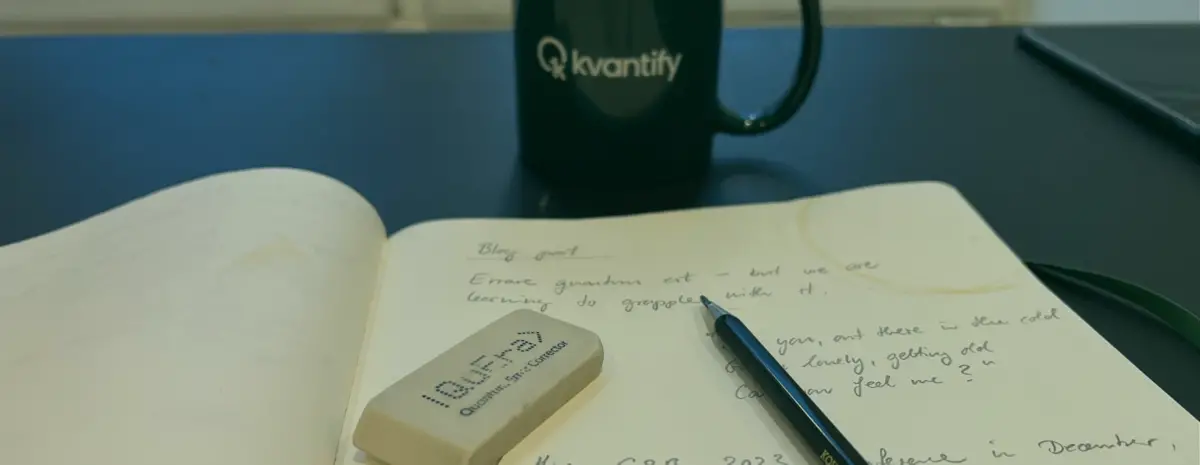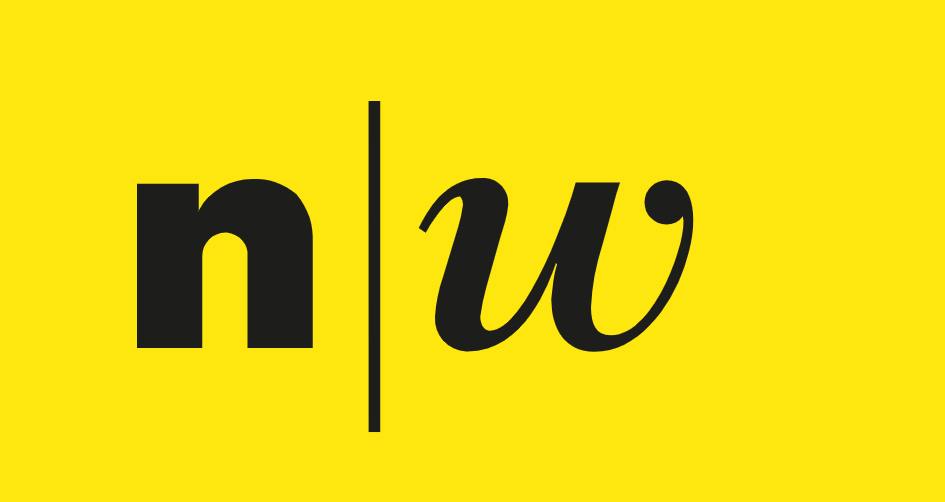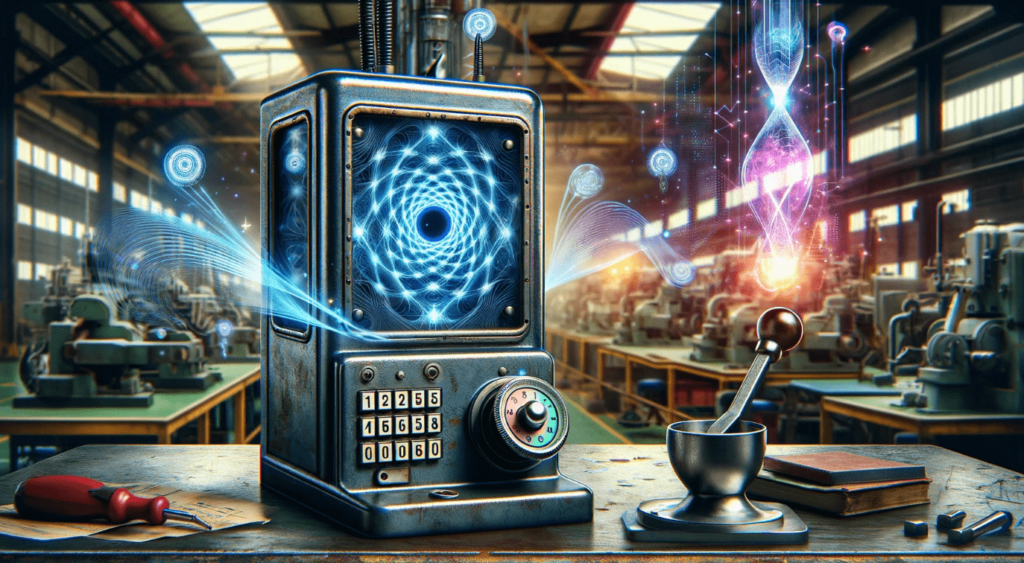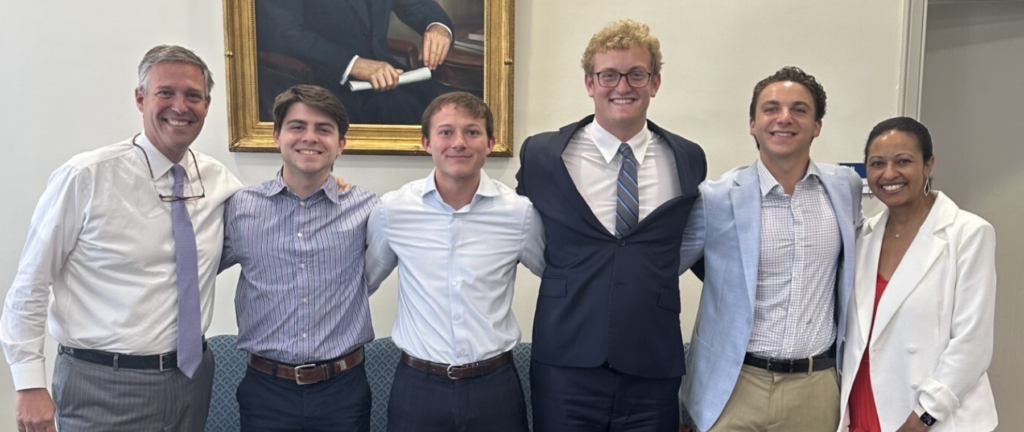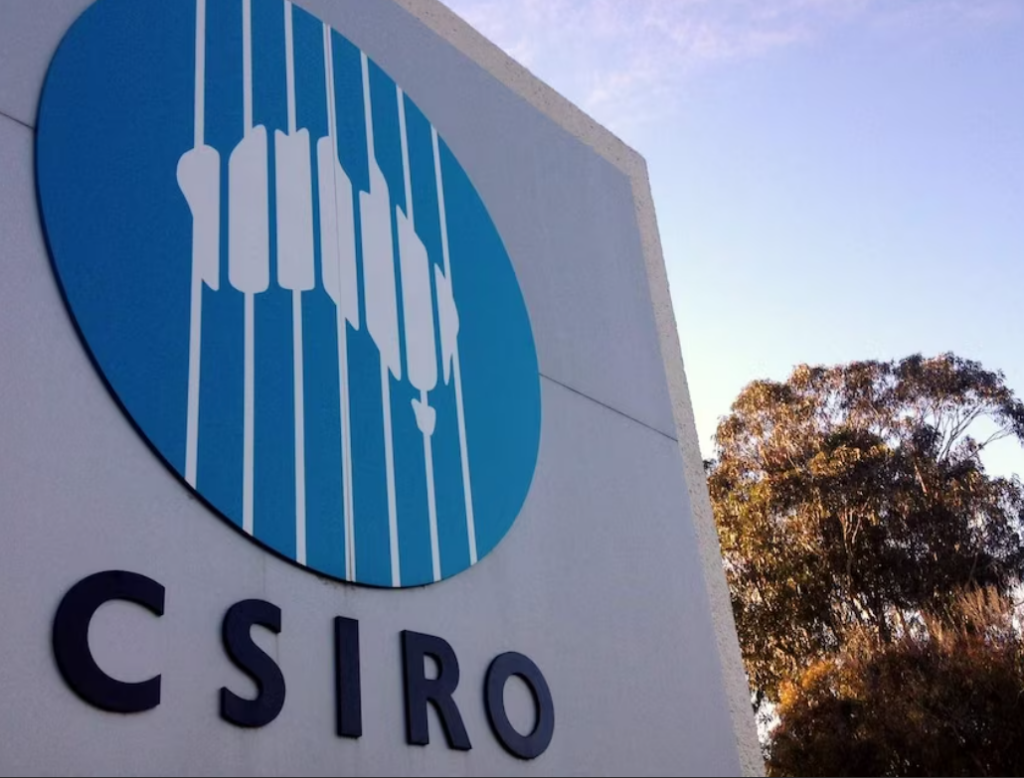Guest Post by Ulrich Hoff
Quantum Engagement Specialist, Kvantify
Text/Image: Kvantify
Quantum hardware is imperfect by nature, but if the imperfections are sufficiently minor it is nevertheless possible to use the imperfect hardware to simulate an ideal quantum computer, using a technique called quantum error correction. This counterintuitive fact was one of the key insights that laid the foundations for the quantum computing field, and quantum hardware producers are toiling to reach fidelities and qubit-counts that are good enough to reach the threshold where quantum error correction can be applied – but they are not quite there yet.
“Hey you, out there in the cold
Getting lonely, getting old
Can you feel me?”

At the Q2B 2023 conference in December, Professor John Preskill reiterated the viewpoint that “To attain quantum value we must follow the road to fault tolerance.” I fully agree with that and therefore it is also exuberantly exciting that quantum computing has now, with firm steps, started treading a path towards error corrected logical qubits.
In the meantime, there has been several attempts to demonstrate quantum advantage with the systems that are not quite large enough or not quite of sufficient fidelity to apply quantum error correction, the so called noisy intermediate scale quantum (NISQ) hardware. This attempt was to some degree spearheaded by John Preskill. Alas, Nature doesn’t seem to have built in any cheat codes for us to reveal, and as he put it at Q2B last year: “The quest for quantum computing will be a long one.” Even when things are moving fast it is important to remind ourselves that it is a very hard and demanding endeavour, we have engaged in.
The quest has already been on for quite some years. On the hardware side, research and development have initially been focused on identifying suitable modalities for materializing the abstract theoretical concept of a qubit, and much (arguably too much) of the communication about quantum computing has circled around this almost enigmatic quantum object with two energy states, subject to control and manipulation, that can be harnessed for computations.
By now, qubits have indeed materialized in several different varieties, each with its distinct benefits and challenges, and some have successfully been scaled to1,000s in number in individual devices. However, it has also become clear that there is little hope for striking gold in the sense of finding a modality that will, out of the box, provide us with qubits of such quality that they can be directly used as carriers of quantum information in quantum computing algorithms.
Executing quantum algorithms and attaining results that are not just random noise, all rely on the ability to preserve and reliably control and manipulate the quantum information encoded in the qubits individually and collectively. This is a delicate task as qubits are easily swayed by noise and influences from the surroundings, causing them to flip state, phase, or both at random, thereby scrambling the encoded information. Furthermore, the gate operations we use to manipulate the qubits and enact quantum algorithms are also not flawless.
The relevant measure is the qubit error rate, typically labelled p as it is a probability for an error to occur within a computational cycle time. In other words, for a given qubit error rate we can execute about N = 1/p operations before the computation is likely to fail. Theory, more specifically the Quantum Threshold Theorem, tells us that if the physical error rate can be brought below a certain threshold, then quantum error correction schemes can be applied to suppress the logical error rates as much as wished for, paving the way for fault tolerance, and running arbitrarily long quantum algorithms. Work from Google Quantum AI in early 2023 and from QuEra in December 2023 showed that we are closing in on this very interesting regime.
“Hey you, would you help me to carry the stone?
Open your heart, I’m coming home.”
E pluribus unum – one out of many. If this motto wasn’t already taken, it would be a very fitting one for the present state of affairs in quantum computing. Not least because of the dual interpretation. Rather than dealing with individual physical qubits, we are now – in the rising era of quantum error correction – interlacing many of them to form entangled units that collectively encode a logical qubit. In this way, the desired two-level system properties are delocalized over 100s or 1000s of physical qubits – as few as possible, but as many as needed to reduce the effective error rate to the required level. Importantly, 2023 has shown that we have reached a stage where the collective effect overcomes the noise added by each constituent, making the error rate of the logical qubit go down as more physical qubits are weaved in. While still only one out of many qubits around is a logical one, things are moving in a very interesting direction, and we are even starting to see small algorithms executed on logical qubits.
Several logical qubit encodings exist, but one that has received particular interest due to the relative ease of implementation is the surface code. It separates the constituent physical qubits into data qubits and measurement qubits and organises them in a particular tiled pattern. With this construction it is possible to repeatedly run error detection on the data qubits via syndrome measurements on the measurement qubits, flagging unintended state changes. Quantum mechanics tells us that the act of measurement generally changes the state of the measured object in a random fashion. Curiously, however, when concerted properly the syndrome measurements do not demolish non-erroneous qubits but even flip back some of the misbehaved ones.
Unfortunately, surface codes are greedy, and the physical qubit overhead is not at all alluring. However, in their December announcement QuEra and collaborators also reported on realisation of so-called color code qubits with more favourable requirements. Importantly, moving to a 3-dimensional code structure also allows for transversal logical gates, meaning that the gate operation is applied on each of the constituents of the logical qubit. This is an important step towards fault tolerance as it prevents errors from spreading within the code blocks.
On January 9, the exciting developments of 2023 were topped up by an ambitious and highly encouraging 3-year roadmap from QuEra, aiming to accelerate the advent of algorithmically relevant quantum computers. According to plans, we should start seeing error-corrected quantum computers with 100 logical qubits in 2026. Being in the quantum software and algorithm business, I am but crossed fingers!
“Hey you, don’t tell me there’s no hope at all
Together we stand, divided we fall”
– PinkFloyd (“Hey You”)
For more market insights, check out our latest quantum computing news here.


